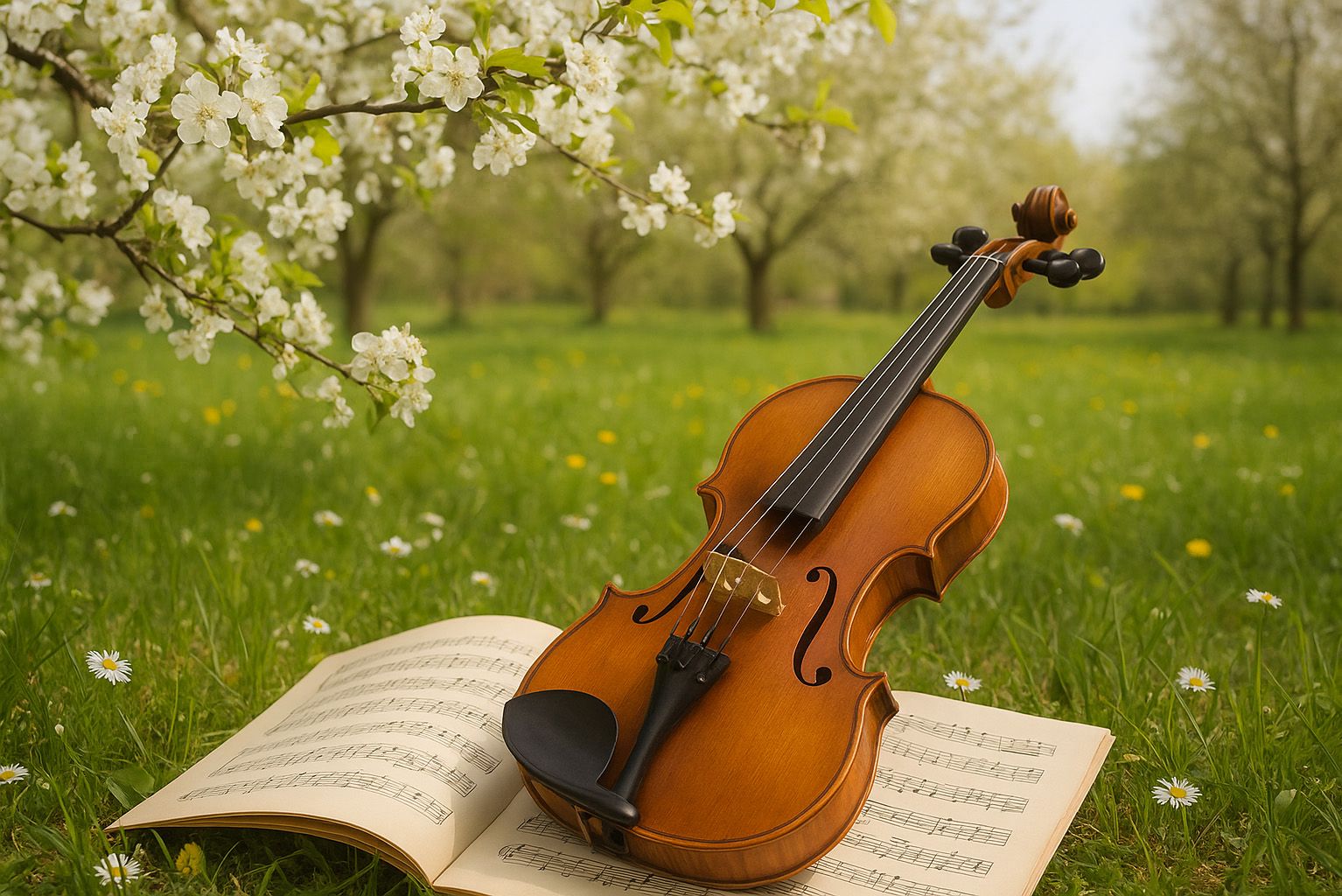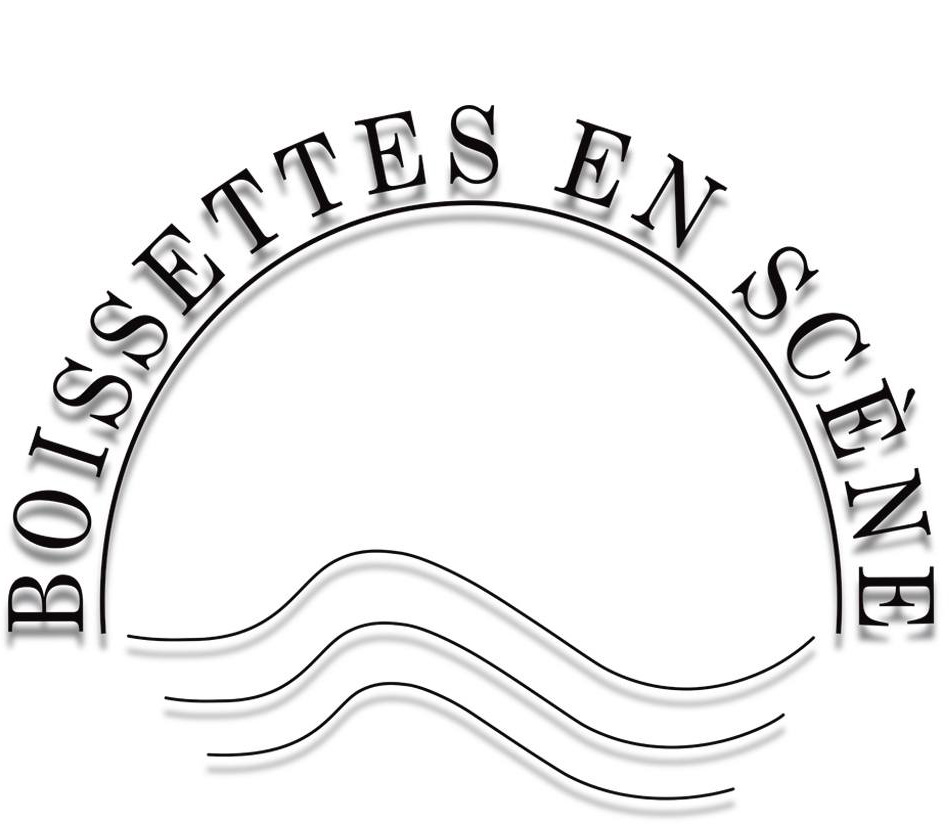
String Quartet No. 14 in G major, K. 387, known as “Spring”
When Mozart composed the String Quartet in G major, K. 387, in Vienna in 1782, he inaugurated a series of six quartets dedicated to Joseph Haydn, his elder and role model. This first piece, nicknamed “Spring,” is often described as a miracle of balance: it combines rigorous counterpoint with melodic spontaneity, as if musical science were dissolving into luminous freshness.
A work featured in the Elmire Quartet's concert program
DetailsA tribute to Haydn, but with a voice of its own
Mozart, then aged twenty-six, frequented Viennese circles where the string quartet had become a laboratory for musical ideas. Haydn elevated this genre to the status of a major art form; Mozart responded with a series of works that demonstrated both his admiration and his desire for emancipation. K. 387, the first in the series, illustrates this dialectic: solid structure, but expressive freedom.
First movement: science in celebration
The Allegro vivace assai opens with a generous, almost symphonic theme, entrusted to the four instruments in a homogeneous chorus. Mozart quickly deploys a wealth of contrapuntal sequences: imitations, dialogues, superimpositions. But this science is never austere. It breathes like a garden in spring, each motif seeming to blossom in the light.
Minuet: an elegant dance
The second movement, a Menuetto, impresses with its majestic stature. Here Mozart reconnects with the heritage of dance, but embellishes it with subtle polyphony. The central Trio, with its delicate features and imitative writing, brings a lightness that contrasts with the noble grandeur of the setting.
Andante cantabile: intimate grace
In the third movement, Mozart leads us into a more introspective atmosphere. The violin line, with its vocal purity, sings like an aria without words, supported by the hushed accompaniment of the other strings. Here we find Mozart's characteristic “grace,” his art of moving the listener without pathos, where melodic simplicity conceals a refined harmonic structure.
Finale: a contrapuntal apotheosis
The last movement, Molto allegro, is a true demonstration of mastery. Fugato, inversions, cascading imitations: Mozart plays with the most sophisticated rules. But, true to his genius, he transforms this virtuosity into luminous play. Knowledge becomes dance, and counterpoint, a springtime effusion.
Science and grace, hand in hand
The nickname “Spring” is not insignificant. In this quartet, Mozart achieves the rare union of science and grace. Contrapuntal rigor never extinguishes poetic momentum; rational structure becomes the breeding ground for a blossoming of sound. This is perhaps the most profound lesson of this work: music is not the opposition of calculation and emotion, but their fusion.
